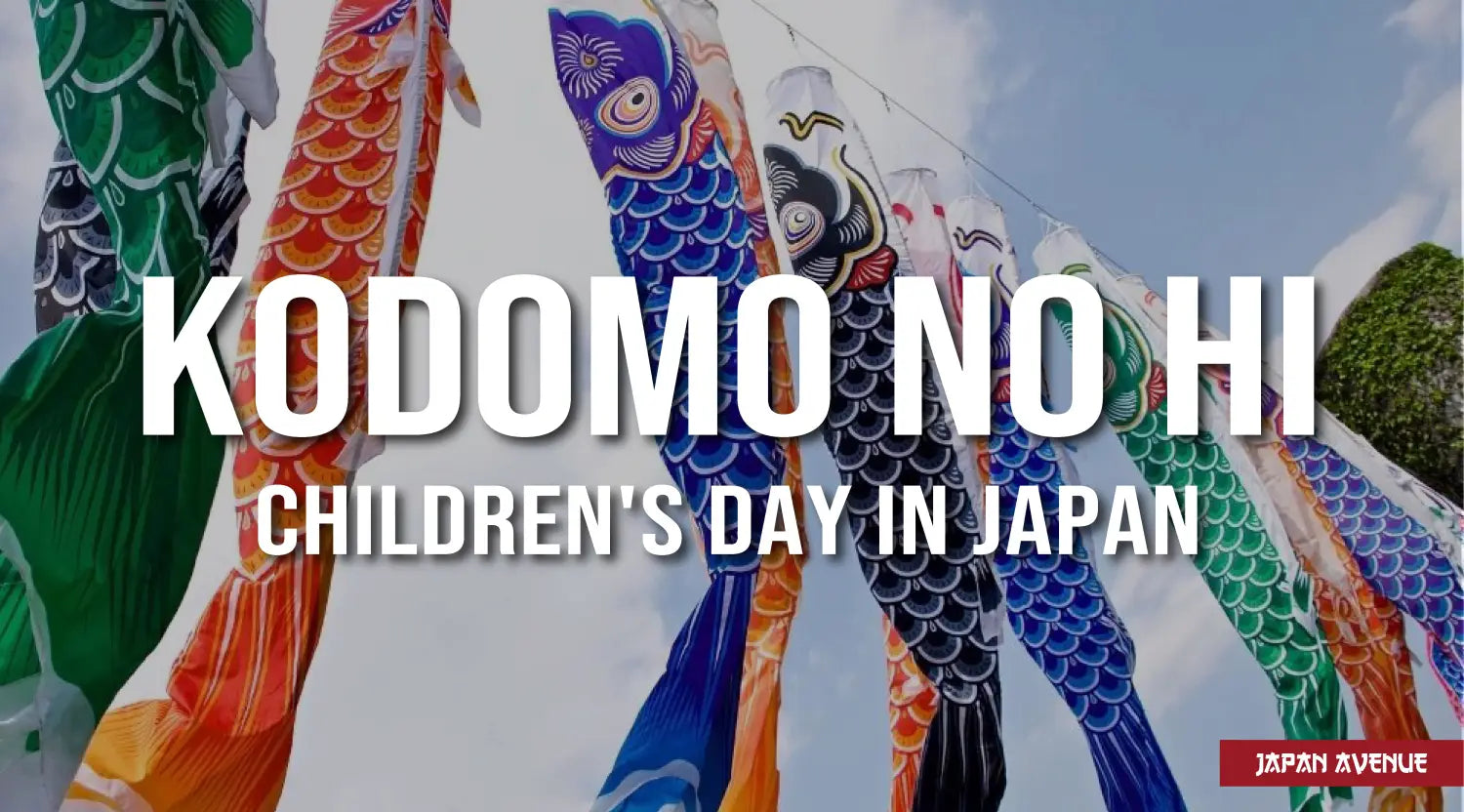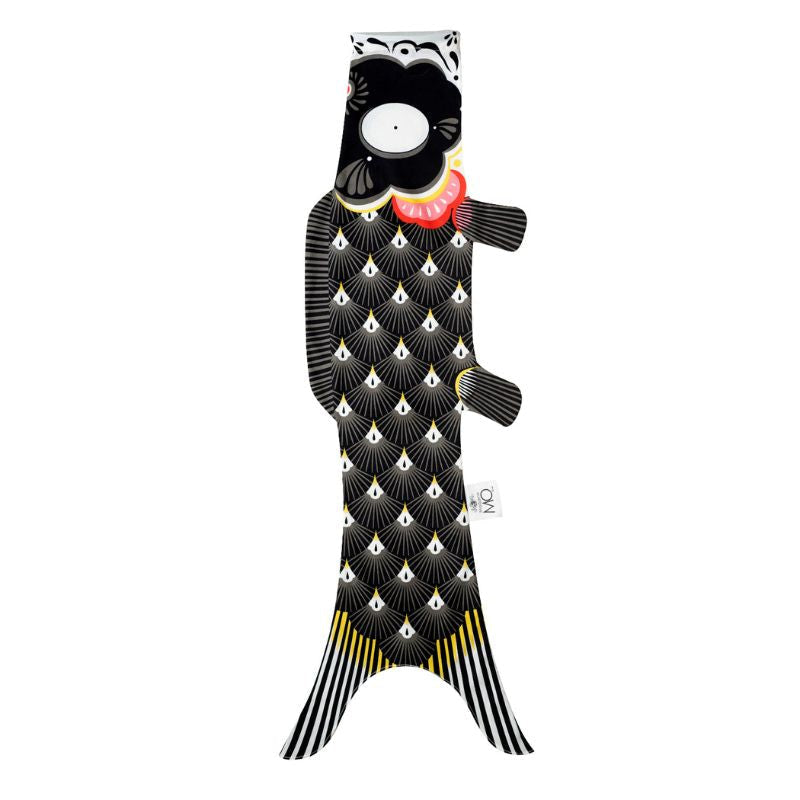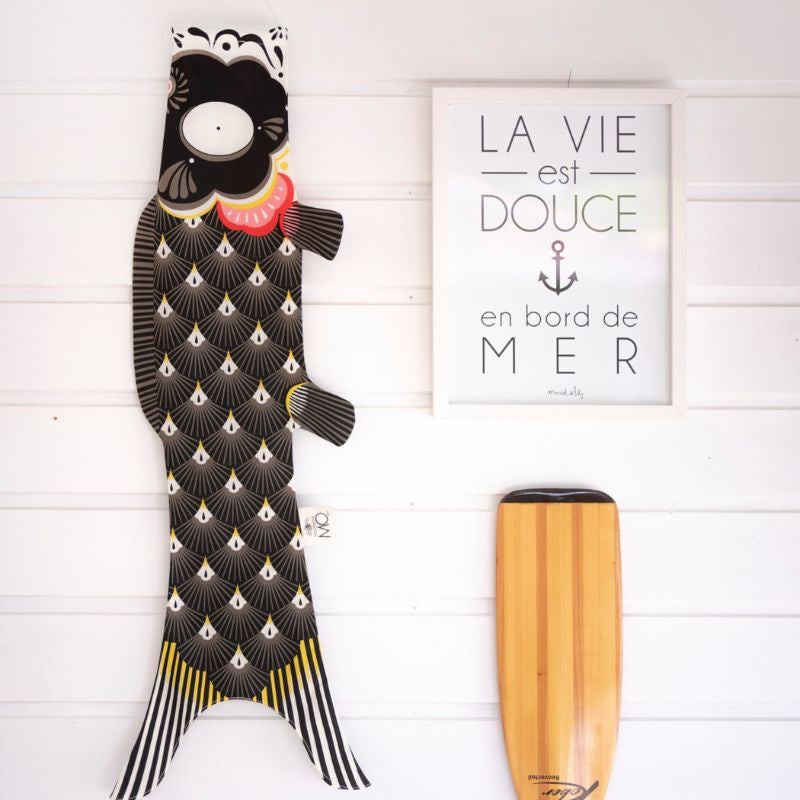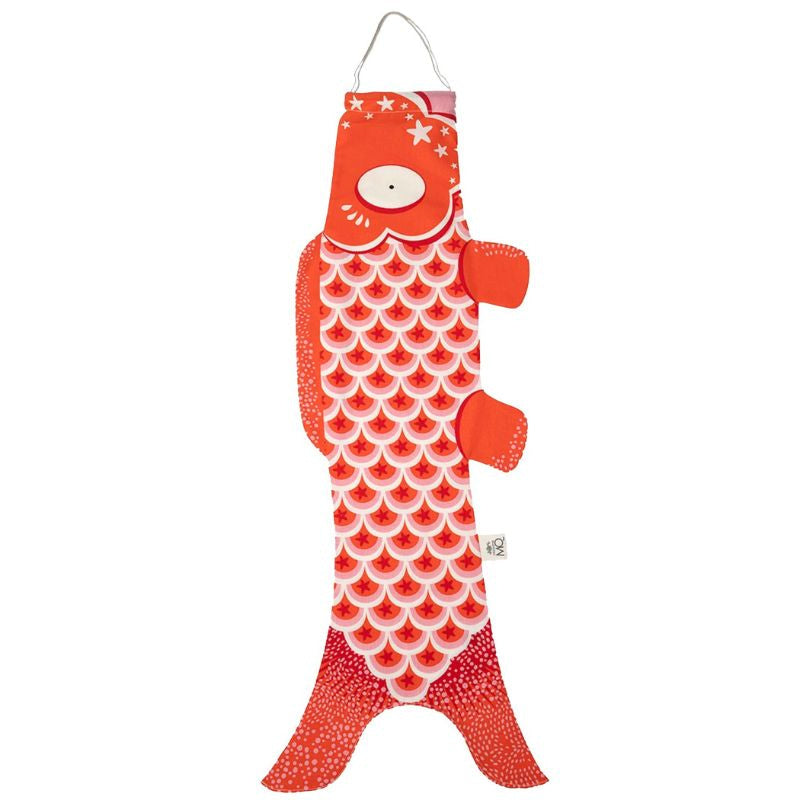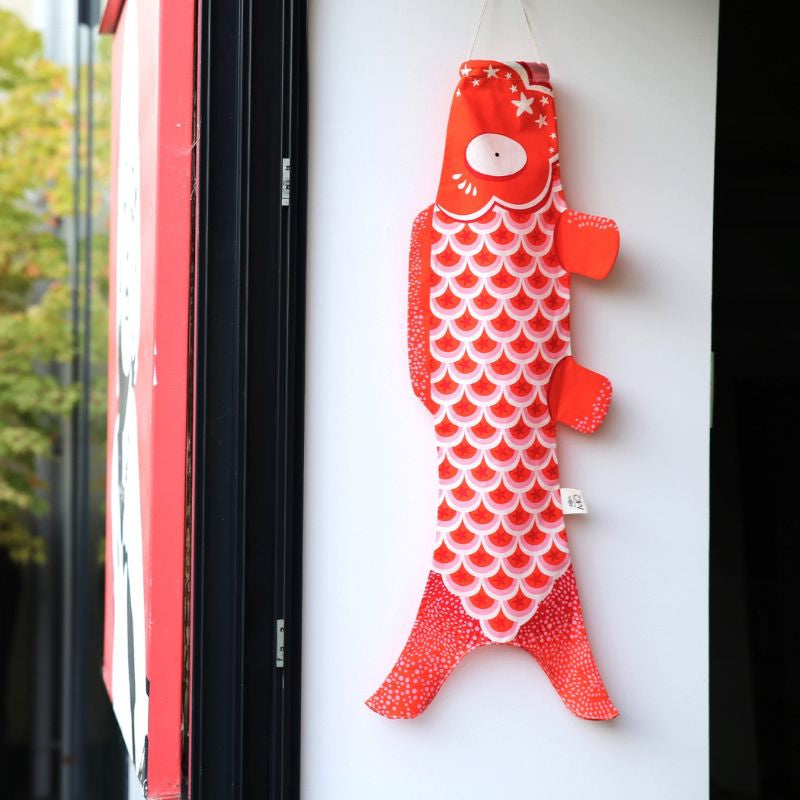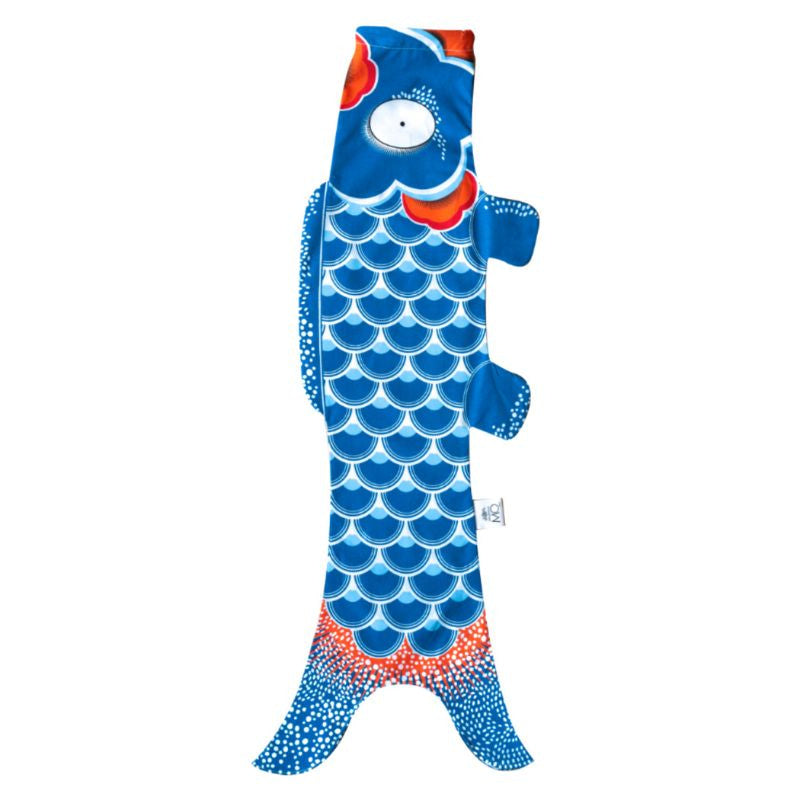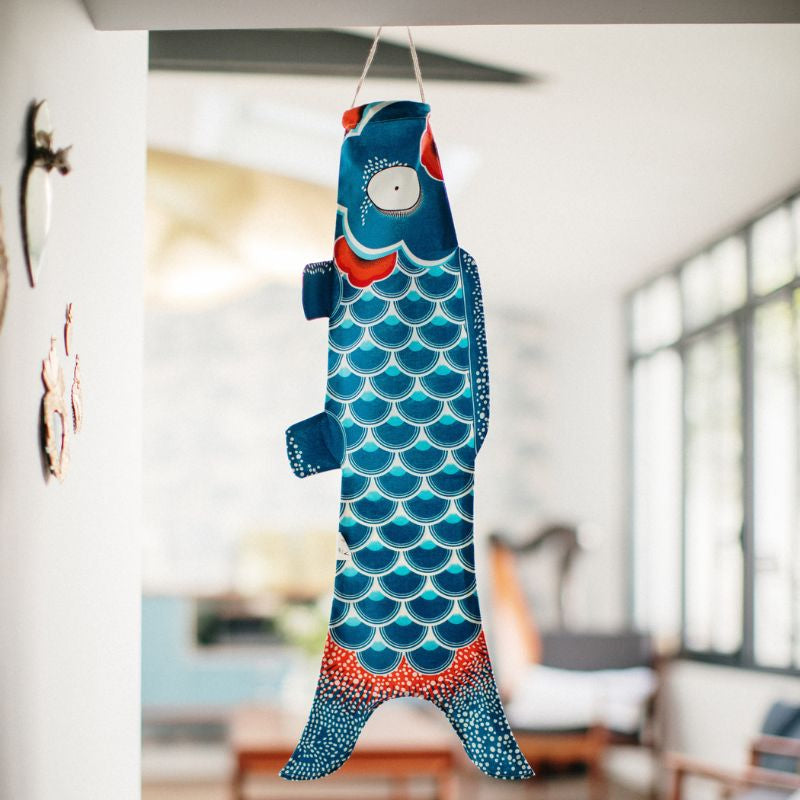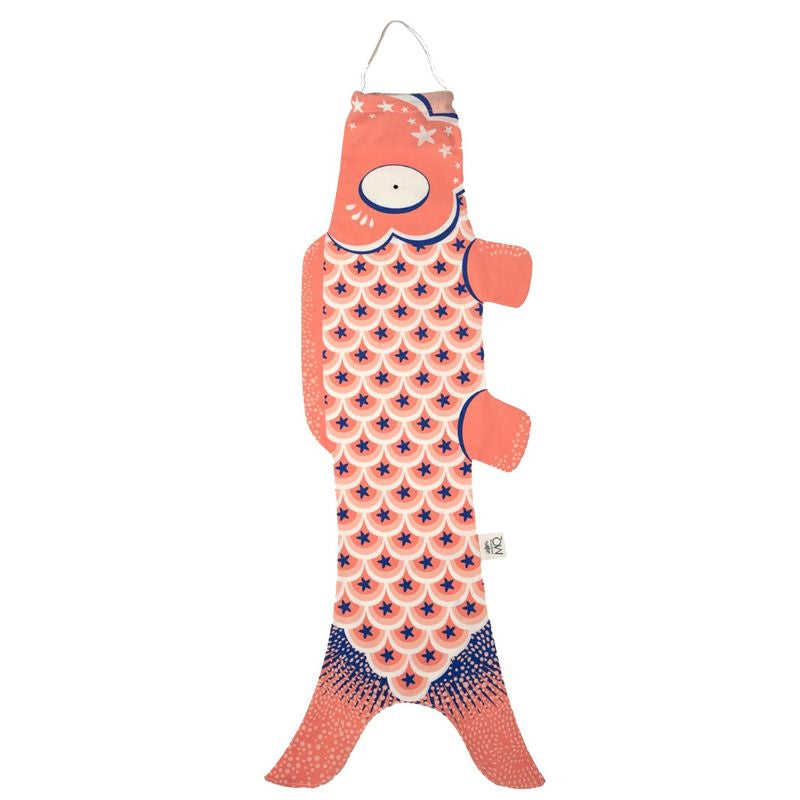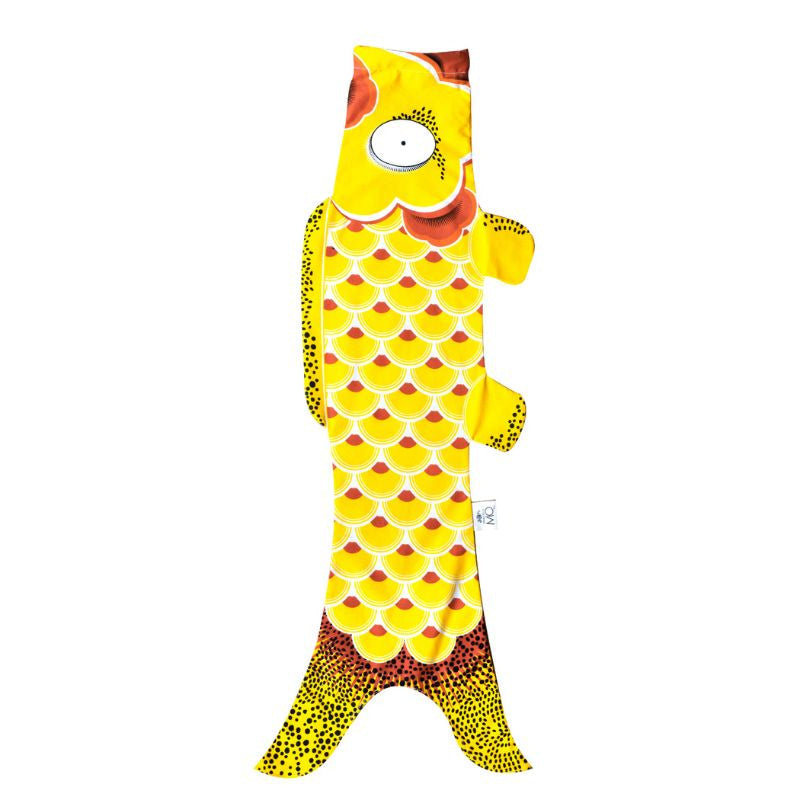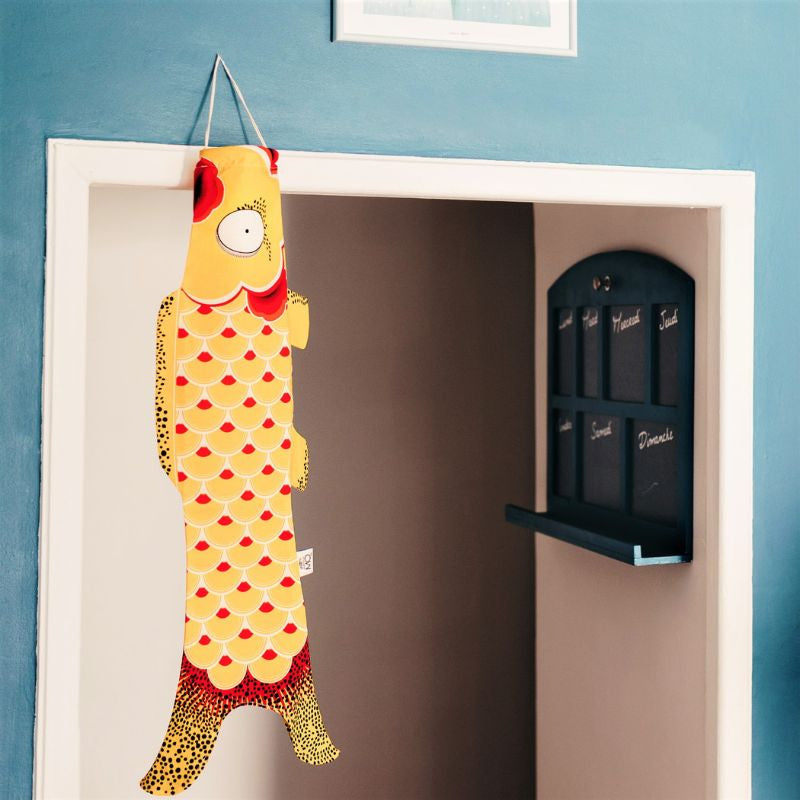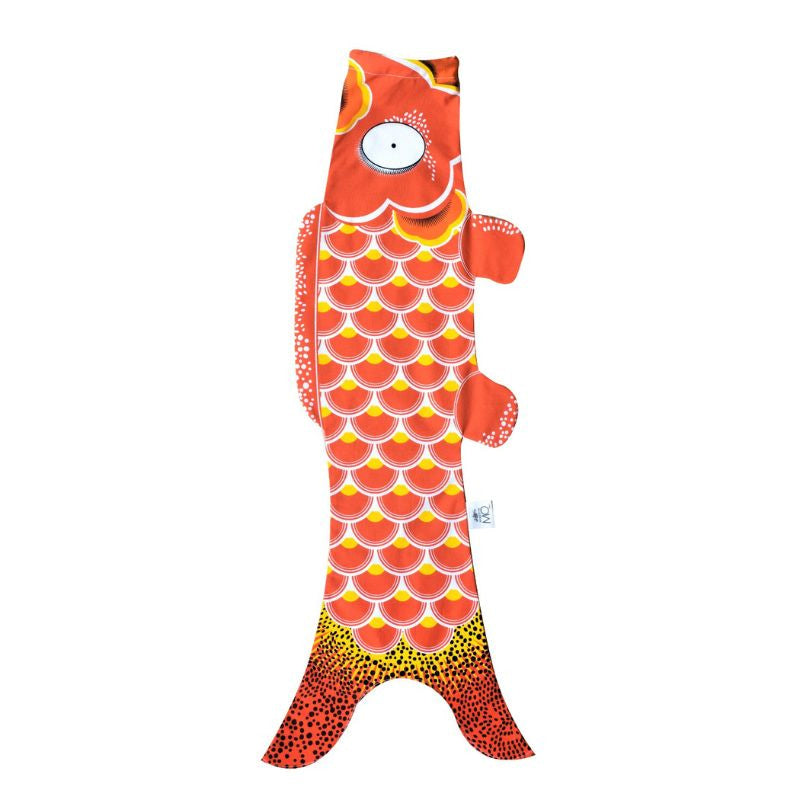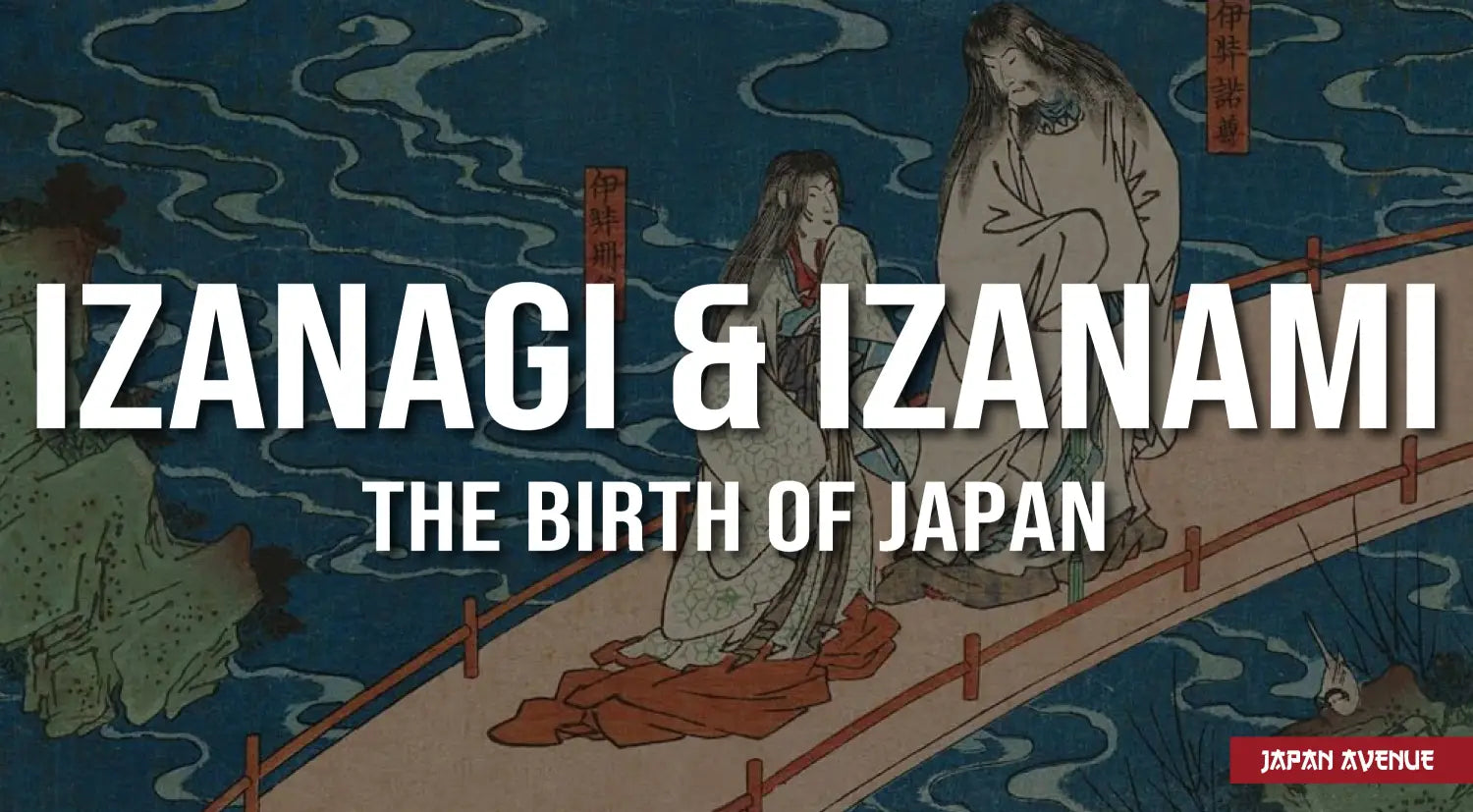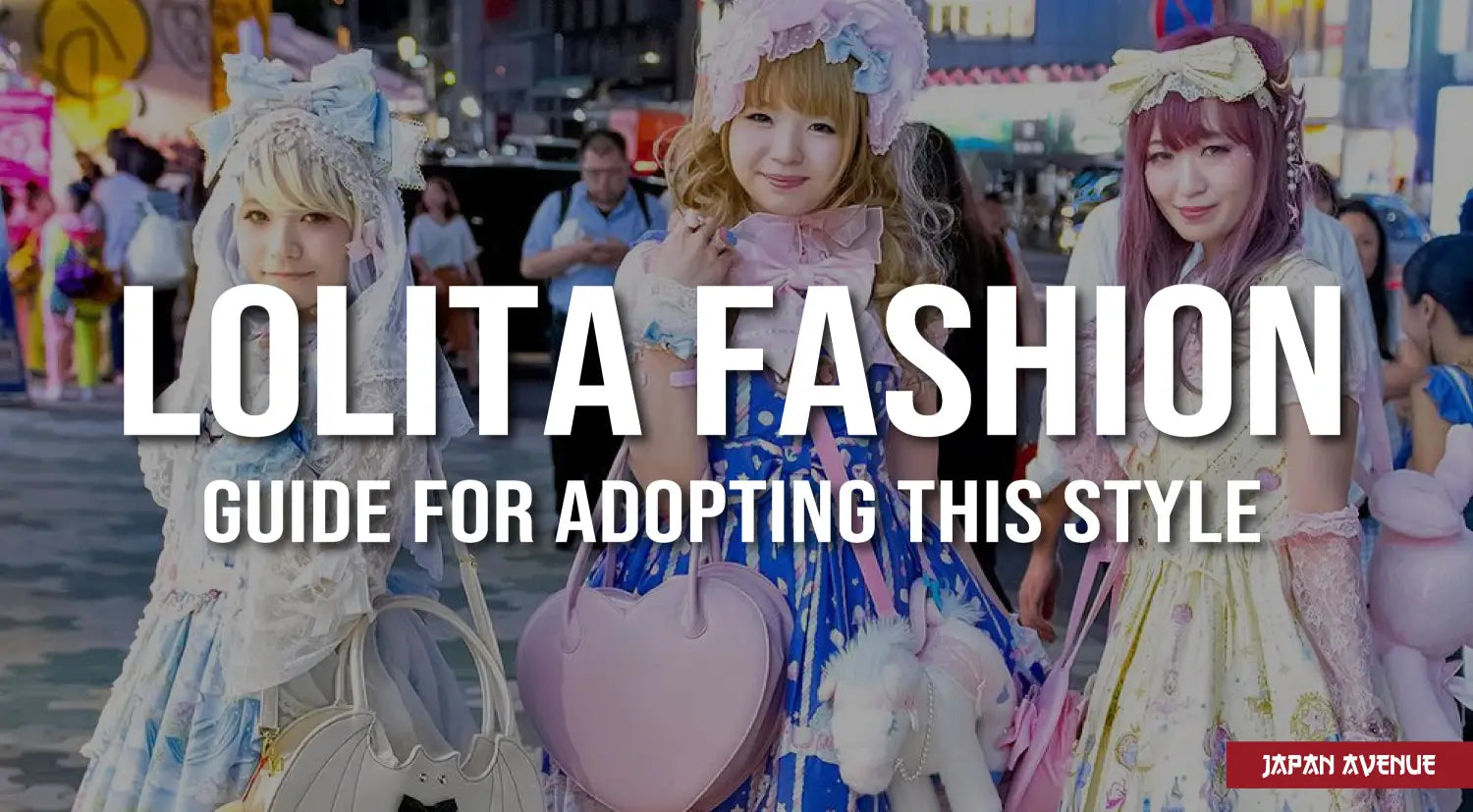Every year, on May 5th, Japanese children are honored in the archipelago.
Kodomo no Hi is the traditional celebration of children, especially boys, in Japan. Formerly called Tango no sekku, this celebration originates from the Chinese Dragon Boat Festival.
First celebrated at the imperial court, this festival became the heritage of the samurai during the Kamakura period. Nowadays, during this holiday which ends the Golden Week, we enjoy culinary specialties with our families and we wish good health to our children by performing some rituals.
Discover about this special day which mixes traditions and festivities.
From China to Japan, the evolution of Children's Day
Kodomo no hi, which can be literally translated as "children's day", is a Japanese adaptation of Duanwu, the dragon boat festival in China. This celebration, which is held every year on the 5th day of the 5th month according to the Chinese calendar, is also celebrated in other Asian countries such as Korea, Taiwan or Vietnam.
The children's festival was formerly called "Tango no sekku" 端午の節句 and was introduced to Japan under the reign of Empress Suiko. Since the Nara period, it was celebrated at the imperial court just like other festivals that marked the seasons (Gosekku). On this festival day, archery games and horse races were organized and medicinal plants were offered to each other to ward off evil spirits.

Illustration representing the Children's Festival in Japan, taken from the book "Famous Japanese Festivals", 1962.
First, the festival of the iris...
Originally, the fifth month of the year was considered the most unlucky month of the year and people used to perform purification rituals to ward off bad luck at this time. It was also the season for rice transplanting and people prayed for a good harvest.
During this festival, also called Shobu no sekku (festival of fragrant rush or iris festival), plants such as acore, iris and mugwort leaves were used, which were said to ward off demons. For this reason, people hung branches on their roofs and wreaths on their doors to protect their houses.

Then, boys' day...
In the Kamakura era, as military power was being established, Tengo no sekku became a symbolic ceremony to perpetuate the values of warriors. Traditionally, samurais gave their sons armor accessories. It was also during this period that iris baths were taken and acore sake was drunk.
With the government of the shoguns during the Edo period, the celebration became more and more important in the Land of the Rising Sun. Little by little, the Iris festival became the boys' festival. It celebrated courage, strength and determination.
And lastly, children's day!
Tango no sekku, renamed Kodomo no hi, became a national holiday in 1948 to glorify all the children (boys and girls) of the country. The official date is May 5 of the Gregorian calendar.
For Japanese people, this special day is an opportunity to wish all the children a good growth and a happy future.

Source: ukiyo-e.org
🎏 The Koinobori festival
Each year, during the Kodomo no Hi, the koi fish is honored. The strong symbolism of this mythical animal in Japan is at the origin of koinobori: those fish-shaped flags you see everywhere.
The Koi fish, symbol of perseverance and success
The significance of the koi fish is very important in Japanese culture. This aquatic animal expresses the values of perseverance and courage that we wish to pass on to our children.
According to a Chinese legend, these fish are endowed with an extraordinary will and strength. They would have swim upstream in the Yellow River, overcoming many obstacles before turning into dragons.

The koinobori, emblem of the children's day
Koinobori are paper or cloth windsocks shaped like a carp and hoisted on a bamboo pole. If you happen to go to Japan you will probably see many Koi kites flying above the rivers and in parks. A wonderful view!
These banners appeared in the Edo period among merchants and craftsmen. Nowadays, all the inhabitants hang koinobori on the front of their house or on their balcony. Each fish symbolizes a family member. On the top, the parents are represented by big carps, the black one for the father and the red one for the mother. The small fishes represent the children. Colored ribbons named "fukinagashi" are sometimes added to represent the river.
🎎 The rituals of Kodomo no Hi
On Children's Day, Japanese people practice old rituals inherited from the iris festival and samurai culture.
In addition to hanging koi nobori on the outside of houses or in gardens, they display miniature replicas of armor helmets or dolls in an alcove (tokonoma). All these objects symbolize the protection, health and strength that one wishes for his child.

🗡 The kabuto, a heritage of the samurai
As we have seen, the military caste kind of claimed the Tango no sekku festival as their own during the Kamakura period. Perhaps this was because the word shobu refers to the fragrant acore and also to the "warrior spirit".
Thus, on the fifth day of the fifth lunar month, samurai would offer parts of their armor to their sons and invoke the good health of the child to perpetuate their clan.
Today, families still display a replica of Kabuto in their homes as May 5th approaches. The helmet is sometimes worn by boys on the day of the festival. However, these days, the kabuto is increasingly replaced by a gogatsu ningyō (May doll) or warrior figurine.

🧒 Kintaro, the legendary little boy
During Kodomo no Hi, families adorn their homes or the Tokonoma with dolls or statuettes of Kintaro, a character from Japanese folklore.
According to the legend, Kintaro was a brave young boy with an outstanding strength and robust health. He was adopted by the witch Yama-Uba when he was lost in the forest and fought demons and communicated with animals. He was also known to have fought a giant carp. Note that the character of Kintaro is also linked to Sakata no Kintoki, an extraordinary warrior who truly existed in the Heian period.

🌿 Scented plants
To this day, the Japanese still hang acorn branches at the entrance of their homes and sometimes on roofs to scare away evil spirits.
🛀 The purifying bath with iris
According to an old tradition, taking an iris bath would protect from diseases and demons. Thus, on May 5th, many children immerse themselves in water scented with iris stems. Similarly, if you travel to Japan, some public baths offer this olfactory experience.
🍸 Iris Sake
On Children's Day, the traditional drink that is supposed to bring good luck and health is that of iris-flavored sake.

🍙 Japanese pastries
Children and families enjoy Japanese pastries that are specially made for the occasion.
- Kashiwa moshi: rice cake filled with sweet red beans, wrapped in an oak leaf.
- The chimaki : sticky rice pastry covered with a bamboo leaf and steamed.
🎁 The gifts
At the first Tango no sekku, called Hatsu sekku, it is customary for the maternal grandparents to give a May doll or a miniature samurai helmet. The child may also receive Kintaro figurines or koi fish. These same items will be displayed every year on May 5th.
Komodo no Hi or children's day is a day particularly awaited by little boys as is Hina matsuri for little girls. More than a simple celebration, this day aims at instilling traditional values to children while bringing them happiness.

